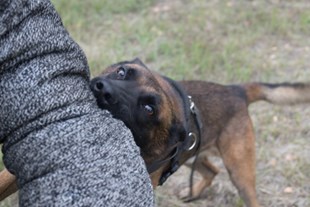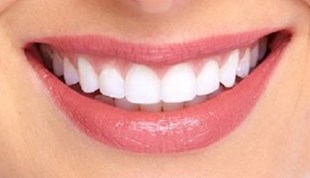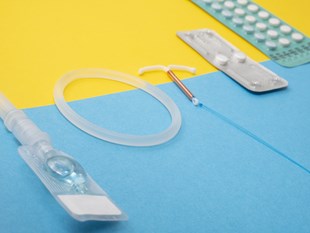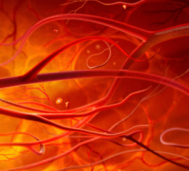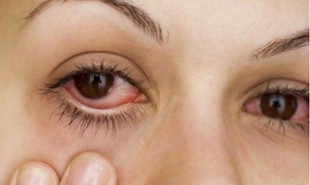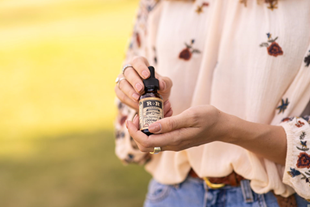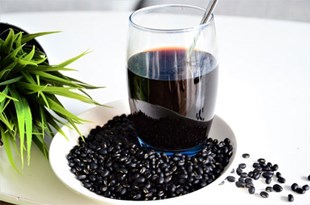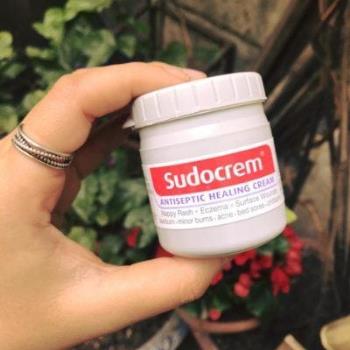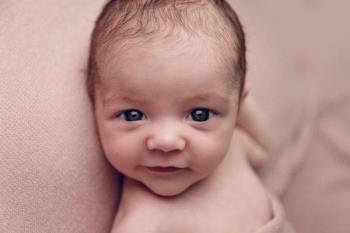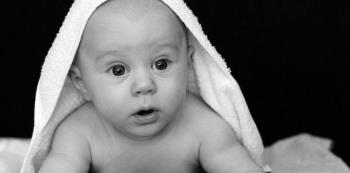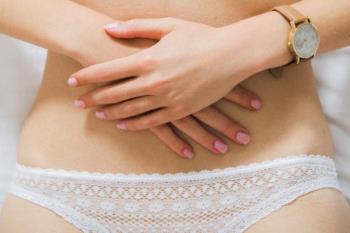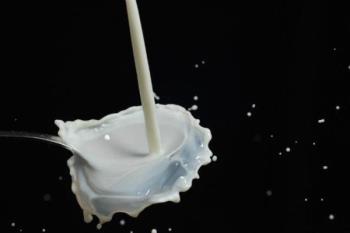Are you worried that your baby has red spots but no itch or fever? In this article, we will explore some of the most common causes of a baby with a non-itchy rash. At the same time, remind mothers useful tips to effectively care for your baby's delicate skin.
Cause the baby has a rash that does not itch
Molluscum contagiosum (Molluscum contagiosum)
Molluscum contagiosum is a skin infection caused by a virus. The most common sign is one or more bumps. At first glance, a pearly-like bump (pink or skin-colored nodule) on the skin. This is a chronic infection. As a result, lesions can persist for months to years. However, most cases recover from six to nine months.
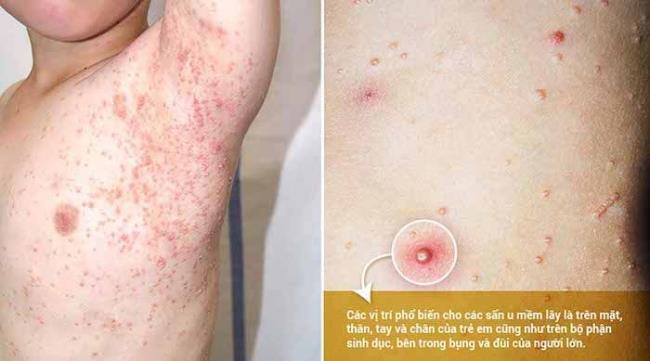
Molluscum contagiosum usually go away naturally for people with good immune systems, without any treatment.
Milky acne in newborns - Cyst
Milia is a common and temporary skin condition in children. This only occurs in the first few months of life (even a few weeks). However, there are also cases that last up to 2 years.
Milia can develop on the baby's face or body as red or white pimples. In most cases, this type of acne can heal spontaneously after a few days or weeks without treatment.
Erythema toxicum neonatorum
Red, yellow, and white spots appear on the face, body, upper arms, and thighs. These rashes may go away on their own. They will then reappear and go away on their own without any treatment.
Although it is called toxic erythema, it is a very benign rash. The disease will go away without leaving any sequelae. Common subjects are term babies. Incidence increases proportionally with gestational age and weight.
With this disease, the baby's skin will appear erythema like dots, seeds, blisters and pustules. The disease recovers very quickly if it is washed and washed.
Newborn acne causes a baby to have a red, non-itchy rash
Newborn acne usually appears within the first month. They can occur at birth, or appear a few weeks ago, usually 2 to 4 weeks old. In some cases they even appear after a few months.
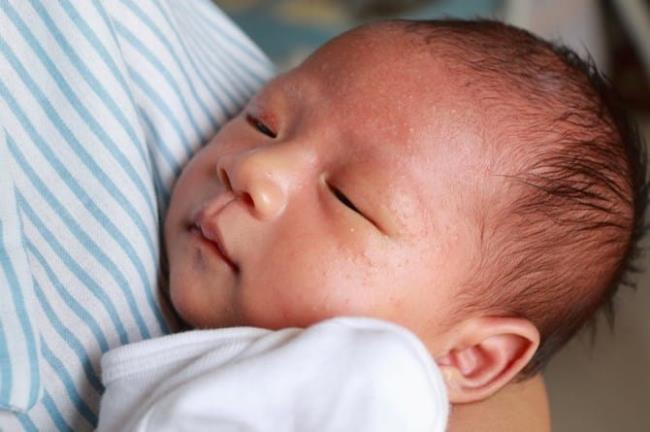
Childhood acne can occur anywhere on the face, but usually on the cheeks, nose, and forehead. It can also sometimes be found on the baby's chin, neck, back or chest. Especially, this type of acne hardly harms your baby. They usually go away on their own from a few weeks to a few months.
Diaper rash
Red patches on the baby's skin or in the diaper area. The skin may feel sore and burning. There may be spots or blisters, uncomfortable baby ants.
This is one of the most common skin diseases in babies and children. Diaper diaper rash is skin irritation in any area of the diaper area. Although diaper rash can be painful for your baby, the good news is that it is rarely serious. This condition frequently affects the baby's sensitive skin from long-term exposure to urine or feces. The baby's buttocks or entire buttocks may have red spots. The skin can be painful and hot to the touch.
Seborrheic dermatitis in infants (Cradle Cap)
Seborrheic dermatitis is a common, chronic disease. Characterized by sebum exfoliating erythrasma , mainly in skin areas with sebaceous glands.
The disease usually goes away without treatment for a few weeks or months. Gently washing a child's hair and scalp with baby shampoo can help prevent more sebum from appearing.
What should mothers pay attention to when caring for a red rash?
Although most of the rash symptoms that are not itchy in a baby are benign and go away on their own after a while. However, mothers also need to note the following to make the baby more comfortable.
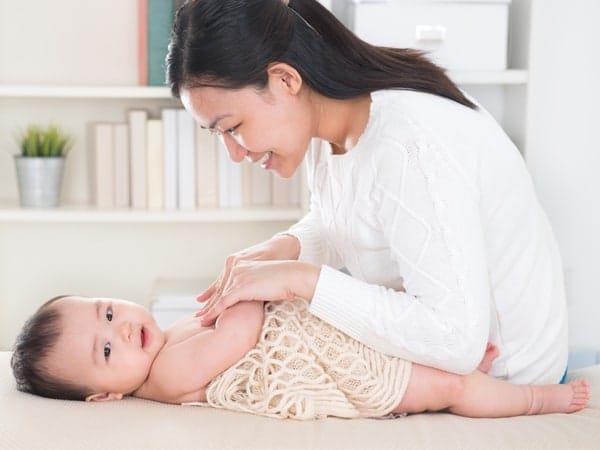
Change diapers regularly so that baby's skin is always dry, free from irritation and infection.
Wipe your baby with a soft cloth instead of pre-packaged wet towels that contain alcohol and chemicals.
Use baby moisturizing cream.
Reduce acidic foods, such as citrus and tomatoes, in your baby's diet.
Wash your hands before and after changing diapers so that the rash does not become infected
Choose clothes for your baby that are soft and absorbent.
Note to avoid rubbing, including rubbing lightly on the baby's skin because it can damage the child's skin.
Avoid letting children come into contact with raw soaps because these products are usually highly alkaline and easily irritate your baby's skin.
The skin of babies and children is always very fragile, needing maternal care. If the baby's skin suddenly appears redness of unknown cause, the mother should bring the baby to the doctor to be examined and consulted in time, helping the baby to be comfortable and eat well and sleep well.
See more:
Are babies with bloating and bowel movements a sign of bowel disease?
Do you know how to cure acne in the most benign newborn baby yet?
These do's and don'ts for infant milia
